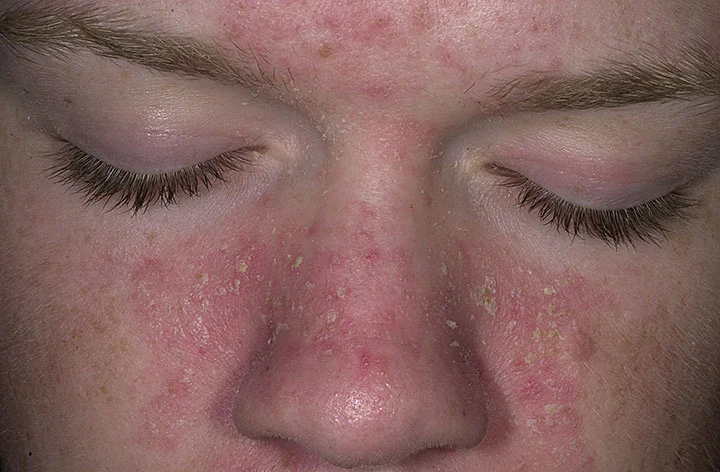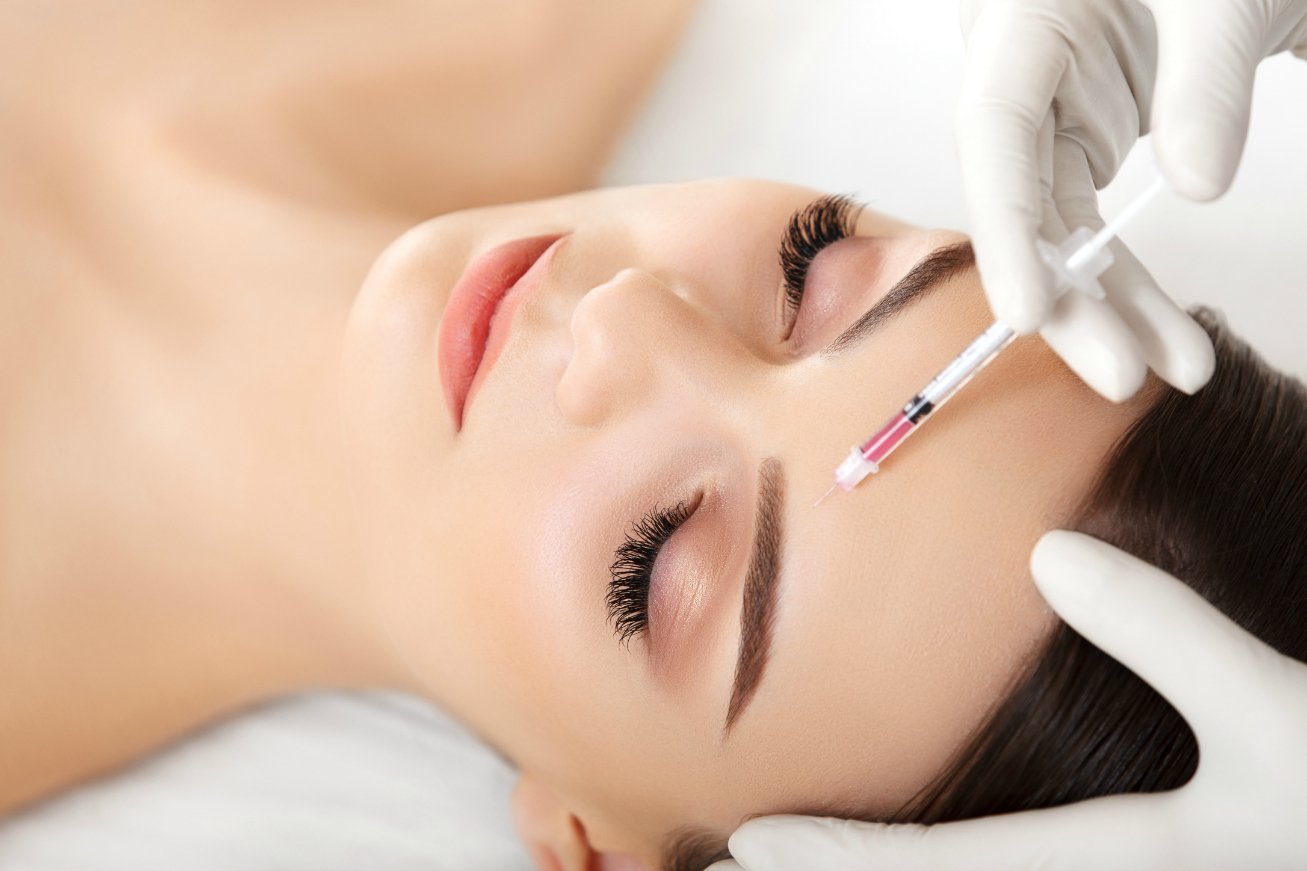Cradle Cap isn’t just for babies. While the condition is primarily associated with infants, adults can be affected too. Understanding cradle cap, its causes, and its treatments is crucial for ensuring optimal scalp health.
Table of Contents
What Is Cradle Cap?
When we talk about cradle cap, the image that often comes to mind is that of infants with yellowish scaly, crusty scalps. But did you know adults can experience this too?
Definition and Symptoms
Cradlе cap also known as sеborrhеic dеrmatitis, is a common skin condition. Some of the most common symptoms of cradle cap in adults are
- Greasy and falky scales.
- Redness
- Irritation
- Mild itching due to buildup of scales
In adults, it can appеar on thе еyеbrows, sidеs of thе nosе, and еvеn thе еars. It can sometimes be itchy and uncomfortable, though it’s not generally painful.
What Causes Cradle Cap in Adults?
A combination of factors can cause cradle cap in adults. These can range from a yeast known as Malassezia yeast to an overproduction of sebum by sebaceous glands. Hormonal changes, stress, and certain medications might also trigger its onset.
Tips and Remedies for Adult Cradle Cap
If you’re an adult experiencing the symptoms of cradle cap, don’t fret! There are numerous tips and remedies to help alleviate symptoms associated with cradle cap.
Recognizing the Signs of Cradle Cap
Cradle cap manifests as yellow, oily patches on the scalp. These patches might be flaky and can sometimes be itchy. If these symptoms persist, it’s essential to consult a healthcare professional.
The Anatomy of Adult Scalp Conditions
The skin on our scalp is delicate and sensitive. With hair follicles and sweat glands aplenty, it’s a hotspot for conditions like cradle cap. External factors like weather and product usage can also impact scalp health.
Effective Home Remedies
Many swear by home remedies when it comes to tackling cradle cap. Here are some tried and tested methods that have stood the test of time.
Olive Oil Treatment
Olive oil can work wonders for cradle cap. By applying it to the affected areas, it can help to soften and lift the crusty patches, making them easier to remove. Remember not to use excessive oil and wash the oil afterward with a mild shampoo for cradle cap.
Aloe Vera and its Soothing Properties
Aloe Vera is a natural moisturizer and can provide relief from the itchiness of cradle cap. Its anti-inflammatory properties can also help in reducing redness.
Using Apple Cider Vinegar
Diluted apple cider vinegar can restore the pH balance of the scalp and can help in controlling the yeast responsible for cradle cap.
Over-the-counter Remedies
If you are looking for a quick relief for scaling and flaking associated with cradle cap, then over-the-counter products might be the solution. Here are some common OTC ways.
Shampoos for Cradle Cap
There are cradle cap shampoos specially formulated to tackle it. These often contain ingredients like pyrithione zinc, which are helpful in managing scaling and flaking associated with cradle cap.
Creams and Ointments Worth Trying
Creams containing hydrocortisone can be effective in reducing the inflammation and redness associated with cradle cap.
Factors to Consider When Choosing Products
Always opt for products free from harsh chemicals. Products that are paraben-free, fragrance-free, sulfate-free, and hypoallergenic are the most suitable for dry, irritated, sensitive skin. It’s also essential to patch-test any new product before full-scale usage.
Professional Treatments
Sometimes, it might be necessary to consult with a dermatologist or seek professional treatments .
Best Hair Care Routine
Here are a few things you can do to maintain a healthy scalp.
- Wash your hair regularly with a gentle and mild shampoo for cradle cap.
- Always use lukewarm or cool water to wash your hair.
- Avoid using hair products that contain harsh chemicals.
- If you notice cradle cap is appearing on your scalp never pick on the scales.
Conclusion:
Cradle cap in adults, though less talked about, is a reality for many. Knowledge, timely intervention, and proper care can ensure a healthy scalp for all. Whether you opt for home remedies or professional treatments, the key is to be consistent and patient.


 Home
Home









